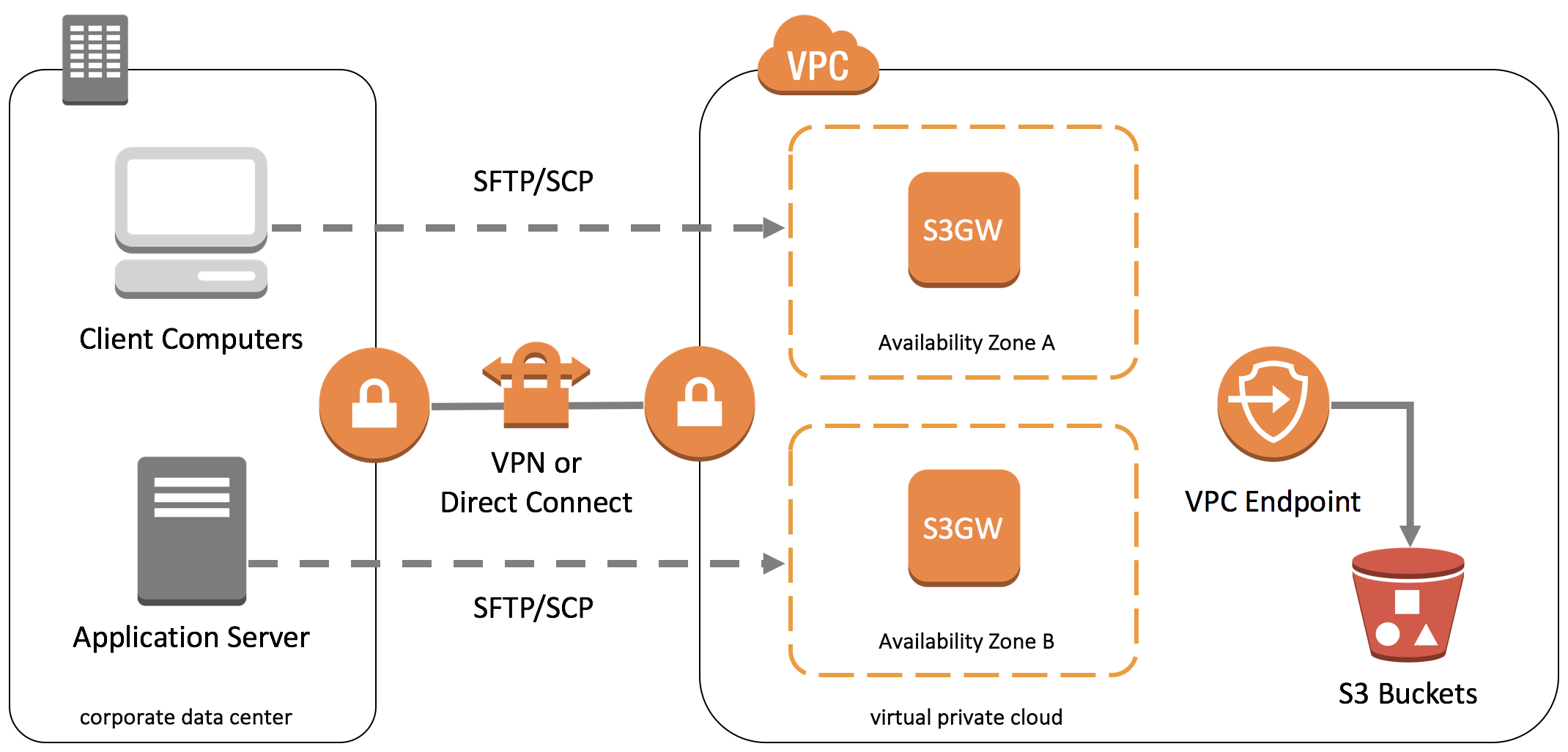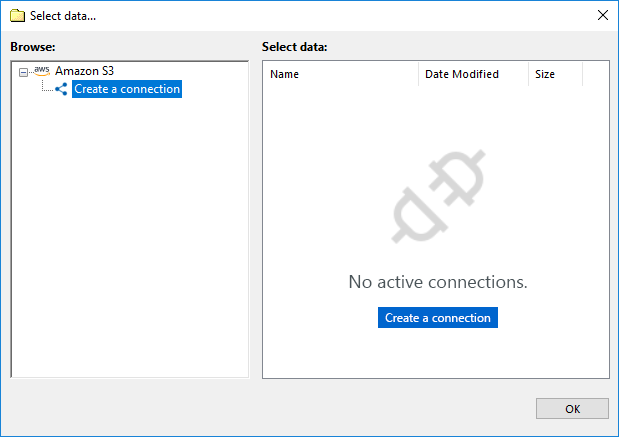

Pre-requisitesīefore you begin, make sure you have an Amazon VPC dedicated to this solution. We also show how to configure your on-premises DNS resolvers to direct S3 domain names to the interface endpoint IPs by forwarding DNS queries to Amazon Route 53 Resolver Inbound Endpoints. We discuss and walk you through how to use various DNS options to enable the connectivity from on-premise applications. For example, AWS Direct Connect or VPN over private connectivity using AWS PrivateLink for S3. In this blog post, we show how to access Amazon S3 buckets from on-premise networks.

This is the recommended model for accessing S3 from a VPC in the same Region. In addition, you control which buckets are accessible from a particular VPC.

When using Gateway VPC Endpoints, VPC endpoint policies are used to restrict access allowing requests to S3 Buckets from only authorized users.

These allow applications running in a VPC to access S3 without an Internet gateway or NAT gateway. To privately access Amazon S3 from inside a Amazon Virtual Private Cloud (VPC), you can use Gateway VPC endpoints for Amazon S3. The Interface VPC Endpoints for Amazon S3 allow security administrators to control which users can access which data in S3 from on premises and cross-Region using their own private IP addresses over a private network. AWS PrivateLink for Amazon S3 enables on-premises applications to privately and securely access Amazon S3 over AWS Direct Connect private virtual interface or AWS Site to Site VPN.


 0 kommentar(er)
0 kommentar(er)
